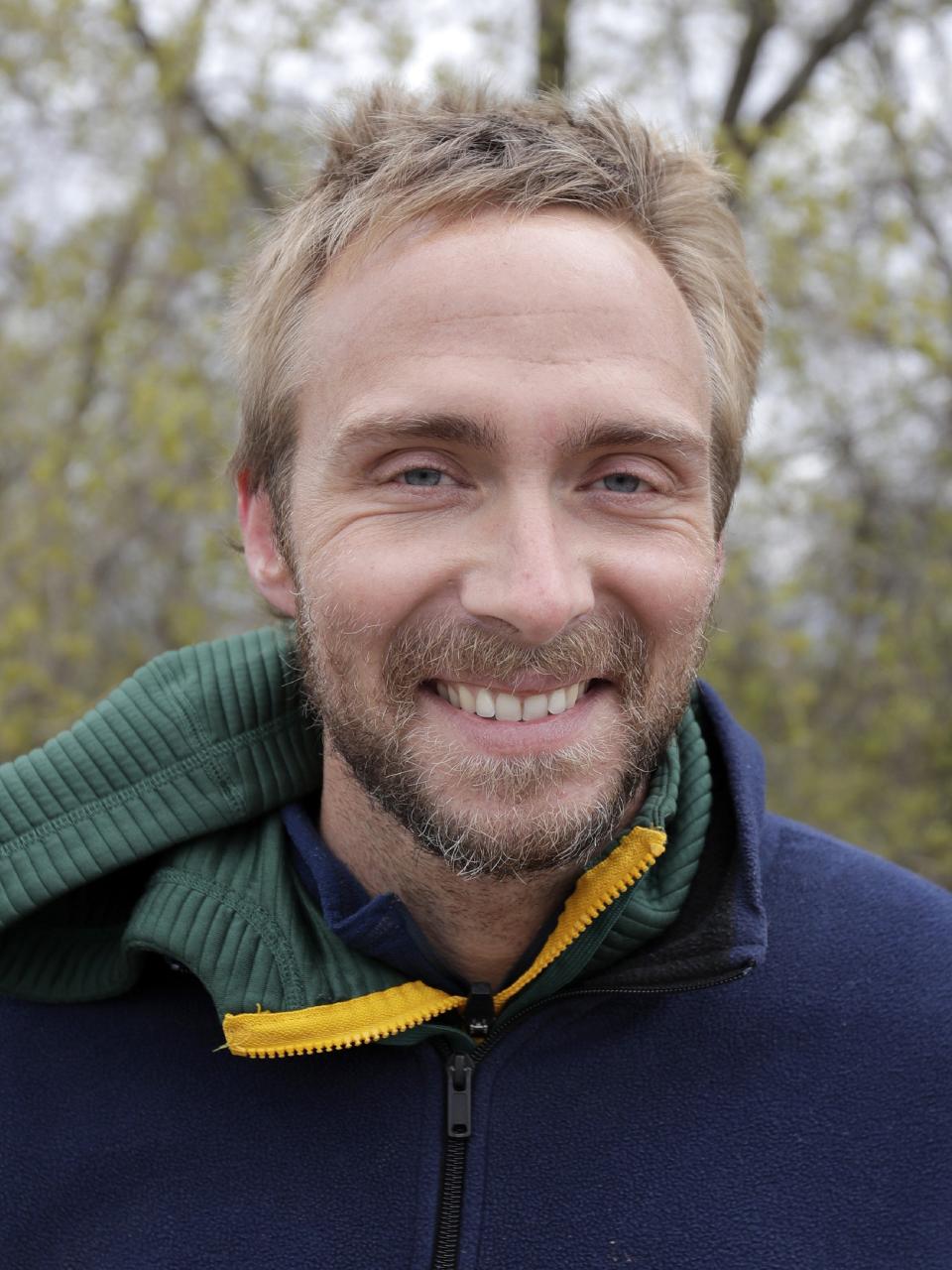John Andrews trial, Day 1: DA says defendant was last to see Starkie Swenson alive
CHILTON - District Attorney Nathan Haberman sought to tie together a chain of events spanning nearly 40 years during the first day of John Andrews' trial in Calumet County.
The sequence included the 1983 disappearance of Starkie Swenson, the 1994 homicide conviction of Andrews for Swenson's death and a 2021 search and excavation for Swenson's remains on a property near Omro.
The Omro search was unsuccessful but led police to question Andrews in June 2021 about where Swenson's body had been hidden, in an attempt to bring closure to the Swenson family.
"According to law enforcement, he would have been the last person that would have seen Starkie Swenson alive," Haberman told the jury during opening statements.
Andrews not only denied any knowledge of Swenson's whereabouts, but he also denied ever seeing or speaking to Swenson in person. "That was a lie," Haberman said.
Haberman charged Andrews, 84, of Chilton with obstructing an officer for his June 2021 interaction with police. The misdemeanor charge carries a maximum penalty of nine months in jail and a $10,000 fine.
During opening statements, defense attorney Catherine White characterized the current case as a retrial of the 1994 homicide case. She said it amounts to "the government trying to convict an innocent man a second time of homicide because the police couldn't figure out what really happened."
What is the history of this case?
Swenson, 67, of Neenah went missing after leaving his home on a bicycle in August 1983, and his body wasn't found until September 2021 when hikers, by happenstance, came upon his remains in a partially secluded area of High Cliff State Park in Sherwood.
In between, in March 1994, Andrews was tried on a charge of first-degree murder for Swenson's death. Police alleged Andrews became enraged over Swenson's extramarital affair with his ex-wife, Claire Andrews, and ran him over with his Pontiac Firebird on the grounds of Shattuck Junior High School in Neenah.
The 1994 trial ended after four days when Andrews entered an Alford plea and was convicted of a lesser charge of homicide by negligent use of a vehicle. He was sentenced to two years in prison and fined $10,000.
An Alford plea allows for a defendant to be convicted and sentenced while proclaiming innocence.
More: Timeline of major events in the death and disappearance of Starkie Swenson
Detective explains why he questioned Andrews
Detective Kyle Schroeder of the Winnebago County Sheriff's Office testified that the 2021 Omro search was based on credible information from the new owners of the property who thought Swenson might have been secretly buried there. Police cleared brush, used ground-penetrating radar and excavated an area 2 acres in size.
After the search came up empty, Schroeder and Neenah police Investigator Craig Hoffer drove to Chilton to ask Andrews about Swenson's whereabouts.
"I believed if there was one person in the world who would know where Starkie's remains were, it would be Mr. Andrews, based on how that case played out in the early '90s," Schroeder testified.
The jury viewed video from Hoffer's body camera that showed Andrews denying any knowledge of Swenson's whereabouts and denying ever seeing or speaking to Swenson in person.

Bone fractures were consistent with being hit by a vehicle
Jordan Karsten, associate professor of anthropology at the University of Wisconsin-Oshkosh, testified that he and police spent several days analyzing, documenting and removing the remains found at High Cliff.
Of the 206 bones in a human skeleton, Karsten recovered 165 from the site. They represented 90% of the surface area of a skeleton.
Karsten said fractures in the bones showed evidence of blunt force trauma that would be consistent with Swenson being run over by a motor vehicle and dumped over a cliff. He said the bones were buried or concealed under large limestone rocks.
"I don't understand how that could happen unless a body was purposely covered in blocks," Karsten said.
Haberman questioned whether the factures could have been caused by Swenson falling from a cliff while hiking at High Cliff.
Karsten said although it's possible that tripping and falling could have created some of the fractures, it was not a likely scenario in his opinion.
"He would need to have tripped and fallen in a manner that created many fractures but then also have triggered an avalanche of limestone blocks at High Cliff State Park, that no one noticed, that did happen to land on his body and perfectly conceal it," Karsten said. "Some parts of it are possible, (but) it's not probable at all."
Karsten determined the bones had been at the site since the early 1980s.
DNA analysis matches the bones to Swenson
Elizabeth O'Bannon, an analyst at DNA Solutions Inc., testified the DNA from one of the bones matched the DNA from one of Swenson’s daughters.
O'Bannon said the certainty of the match was 99.9999%.
Remains found at High Cliff included Swenson's belongings
Amid the bones, investigators recovered a gold wedding band, Farah polyester pants and a key chain with five keys and a red disk labeled Ansul Fire Extinguisher Co. Those items had been identified in a 1984 missing persons report about Swenson.
In addition, a Mello Yello soda can that was found near the remains dated to the early 1980s, Karsten said.
Contact Duke Behnke at 920-993-7176 or dbehnke@gannett.com. Follow him on Twitter at @DukeBehnke.

SUPPORT LOCAL JOURNALISM: Our subscribers make this coverage possible. Click to see The Post-Crescent's special offers at postcrescent.com/subscribe and download our app on the App Store or Google Play.
This article originally appeared on Appleton Post-Crescent: DA says defendant John Andrews was last to see Starkie Swenson alive

